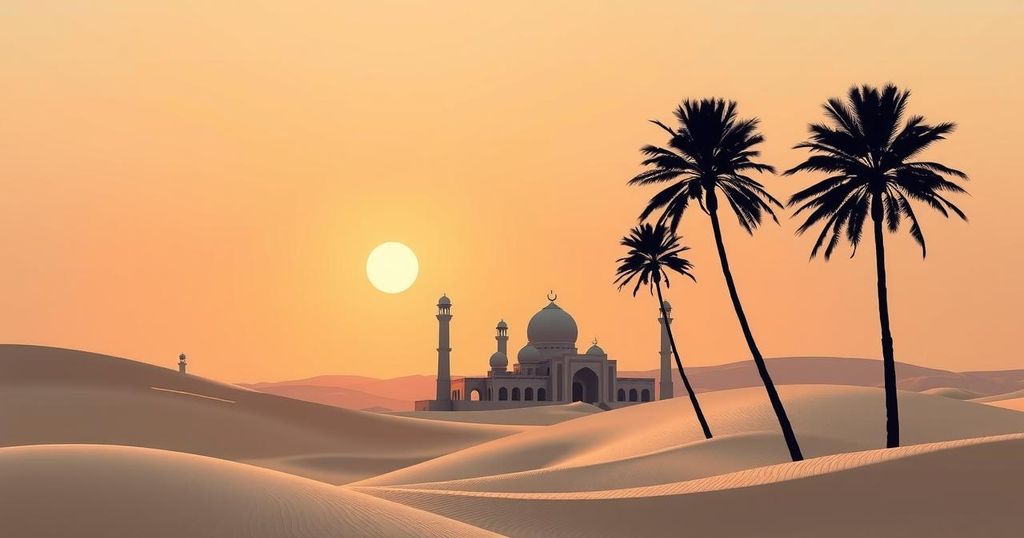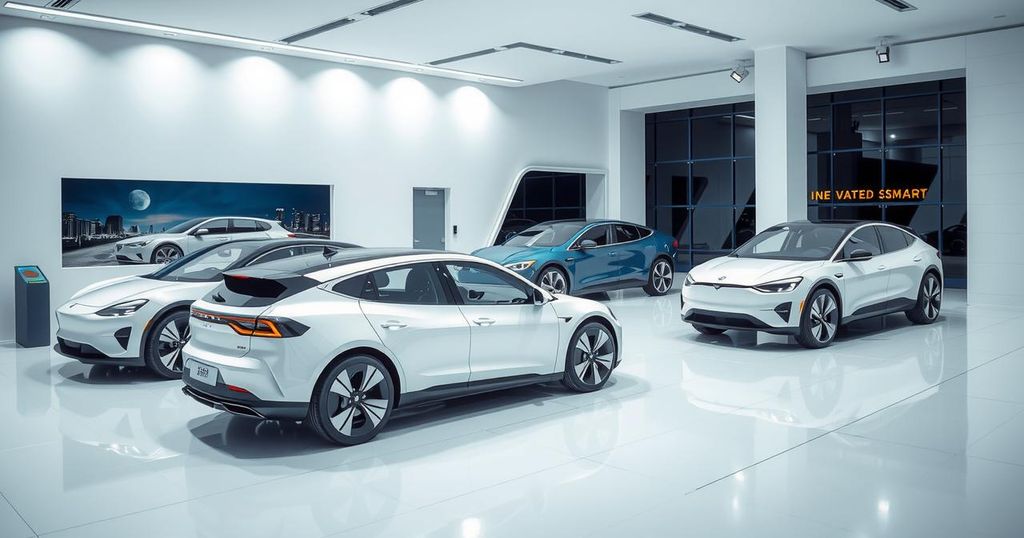Cars
ABU DHABI, ANDRE AGASSI, ARABIAN PENNISULA, ASIA, BENTLEY, CITIZENSHIP, DUBAI, FEDERAL SUPREME COUNCIL, FEDERER, FORTUNE, FORTUNE MAGAZINE, HERITAGE, JAZZ, KHALILFA BIN ZAYED AL NAHYAN, MIDDLE EAST, NEW YORK CITY, PARTNERSHIP, ROGER FEDERER, ROLLS ROYCE, STRATEGIC PARTNERSHIPS, TIGER WOODS, UNITED ARAB EMIRATES, VISION 2030
Fatima Khan
0 Comments
Transformational Journey of the United Arab Emirates: From Desert to Development
The UAE has transformed from a traditional society with limited infrastructure to a modern nation with luxurious amenities and a diverse economy. This evolution is accompanied by a gradual shift toward more democratic governance, greater representation of women, and increased educational opportunities for citizens. Geopolitically, the UAE navigates complex relationships, particularly regarding Iranian influence, while advocating for a collaborative approach to regional security challenges.
The United Arab Emirates (UAE) has undergone significant transformation in the past 40 years, evolving from a region with minimal infrastructure into a modern oasis of luxury. The roads are now progressing toward superhighways, with lavish malls featuring indoor ski slopes and luxurious vehicles dominating the streets. Nestled along the Persian Gulf, the UAE is a prominent destination for high-end tourism, exemplified by iconic structures like the Burj Al Arab, the tallest hotel globally.
Despite its affluent lifestyle, the UAE is a federation ruled by seven emirates, with Abu Dhabi being the wealthiest, controlling the majority of the nation’s oil reserves. This emirate, akin to Washington D.C., provides significant wealth support to its neighboring emirates. Meanwhile, Dubai, resembling New York City, thrives with a bustling economy and a vibrant culture.
The UAE government is a complex framework of monarchs who make up the Federal Supreme Council, which governs with both legislative and executive powers. The rulers serve five-year terms, wherein the president is the ruler of Abu Dhabi, and the prime minister is the ruler of Dubai. This ruling structure enables a blend of tradition and gradual modernization in governance.
Women in the UAE are increasingly entering positions of power, with representation in the Federal National Council. As a notable figure, Najla Al Awadhi exemplifies this shift, demonstrating that Emirati women can achieve success in professional sectors traditionally dominated by men. “Muslims cannot be lumped into one basket,” she states, challenging stereotypes surrounding Muslim women.
Education is a cornerstone of UAE development, with a significant portion of Emirati students attending universities, often achieving better academic results than their male counterparts. The UAE strategically partners with prestigious international institutions to enhance educational offerings. This shift has attracted regional students, reducing the historical trend of studying in the U.S.
The UAE leadership expresses concerns regarding regional stability, particularly relating to Iranian influence and the U.S. military presence. Officials advocate for regional solutions to mitigate threats posed by terrorism and regional conflicts. Mohammed Hussain Al Sha’ali voices the sentiment that, “The U.S. has to work hard to change its image,” highlighting the complex geopolitical landscape in which the UAE operates.
The emirates display a cautious approach to military intervention, wary of the potential chaos that could follow a U.S. withdrawal from Iraq. Experts like Mustafa Alani signal the precarious balance in Middle Eastern geopolitics, suggesting that the region must prepare for either accepting a nuclear Iran or a military intervention to preclude further instability. Collaboration among Gulf nations remains critical as they navigate these significant challenges.
The United Arab Emirates stands as a symbol of rapid development, transitioning into a modern economy while simultaneously managing complex socio-political dynamics. As the nation slowly integrates democratic processes within its governing structure, it also faces regional challenges that necessitate strategic diplomacy and collaboration. The increasing empowerment of women and educational advancements contribute positively to its evolving cultural landscape. However, the geopolitical climate remains unpredictable, highlighting the need for cautious engagement in international affairs.
Original Source: www.newjerseyhills.com




Post Comment